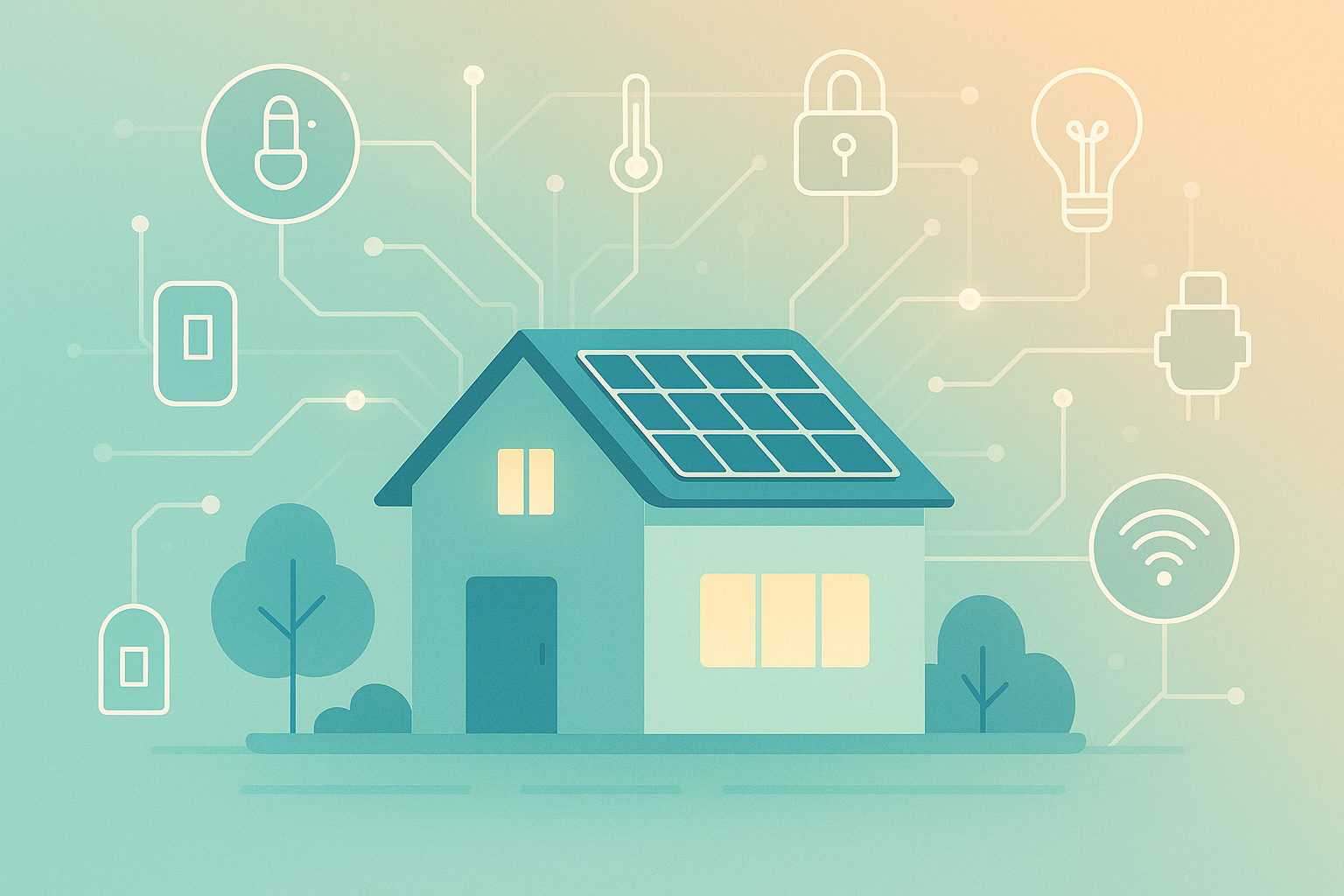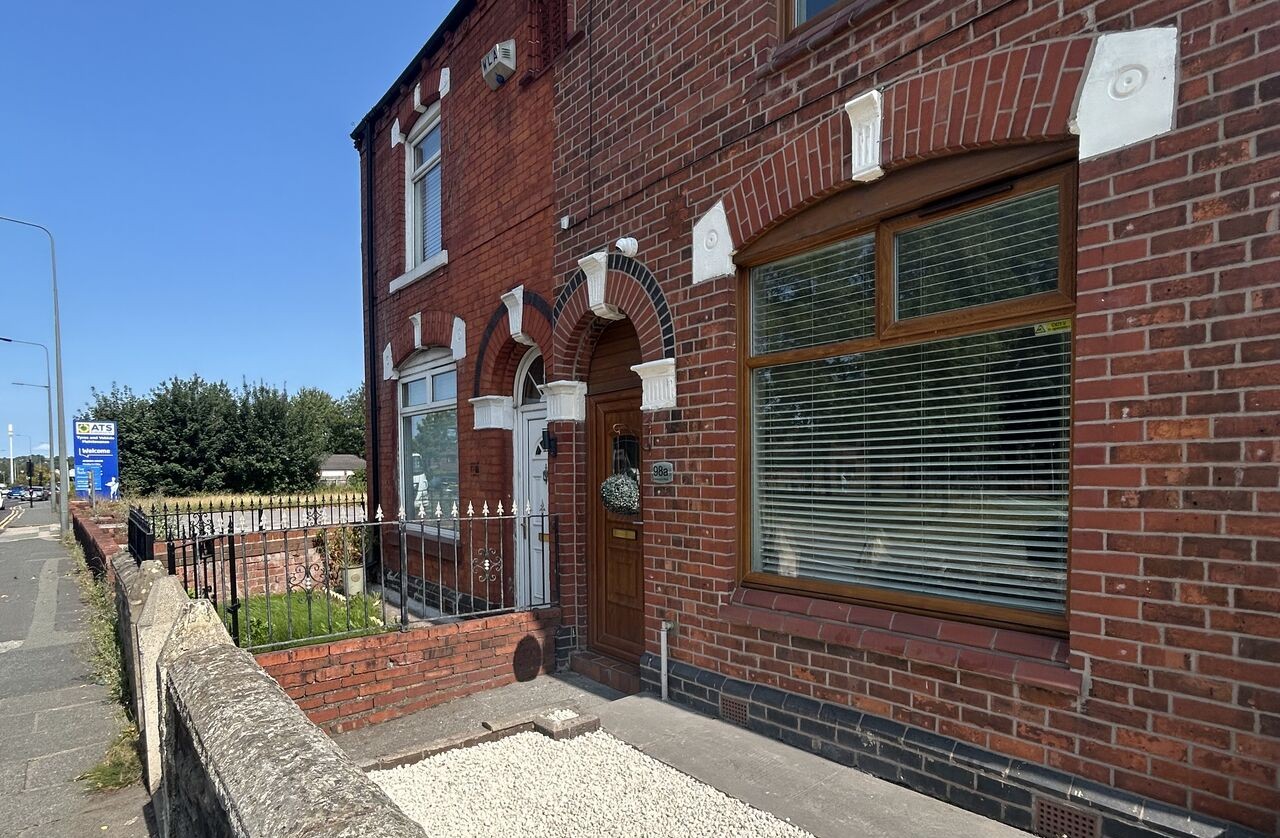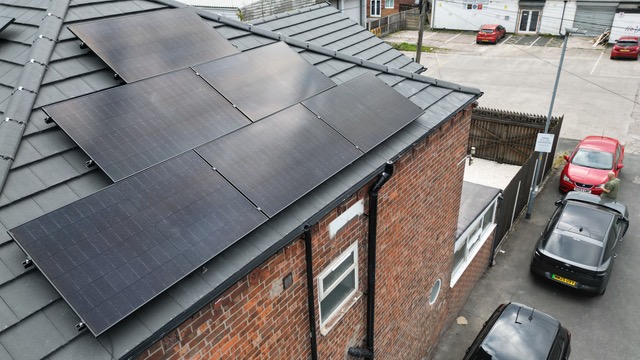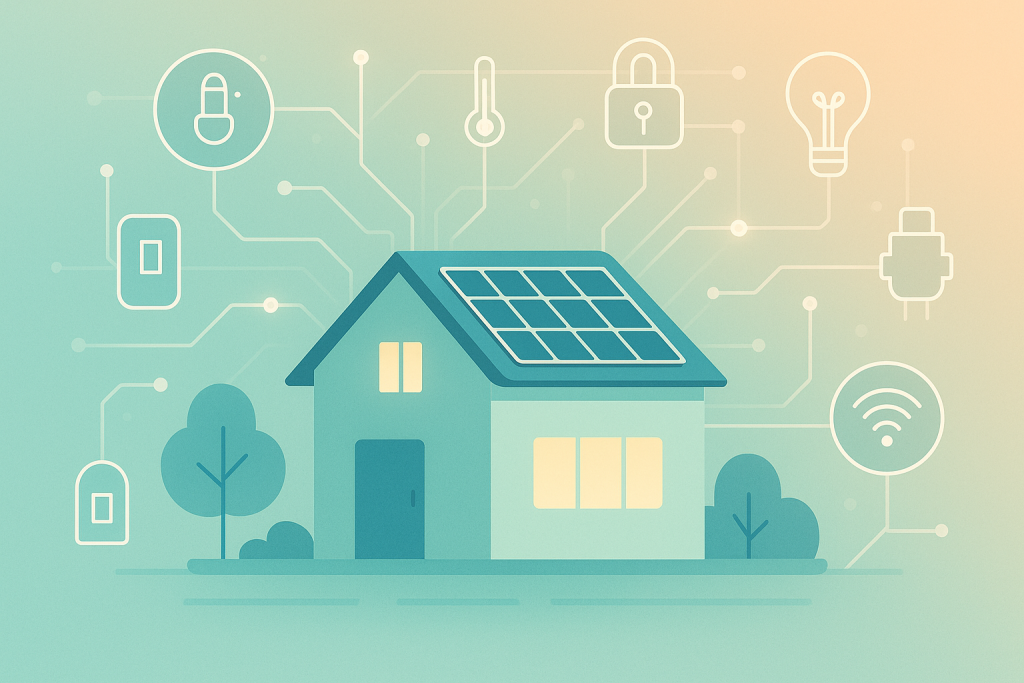
How can the UK harness data and AI in supported housing appropriately and effectively to ensure vulnerable people benefit from our advancements in technology? The UK faces a growing shortage of accommodation tailored to older and vulnerable adults. A recent independent study for the Older People’s Housing Taskforce highlighted that England needs 30,000–50,000 new later‑living homes each year, yet only around 7,000 are built annually. The same report noted that people aged 65 and over already make up 18.6 % of the population and that numbers will climb further as the population ages. Many older people live in under-occupied, age-inappropriate housing. Addressing this shortage means not only delivering more properties but delivering smarter homes that use data to protect residents and maximise resources.
From bricks to bytes: turning homes into responsive environments
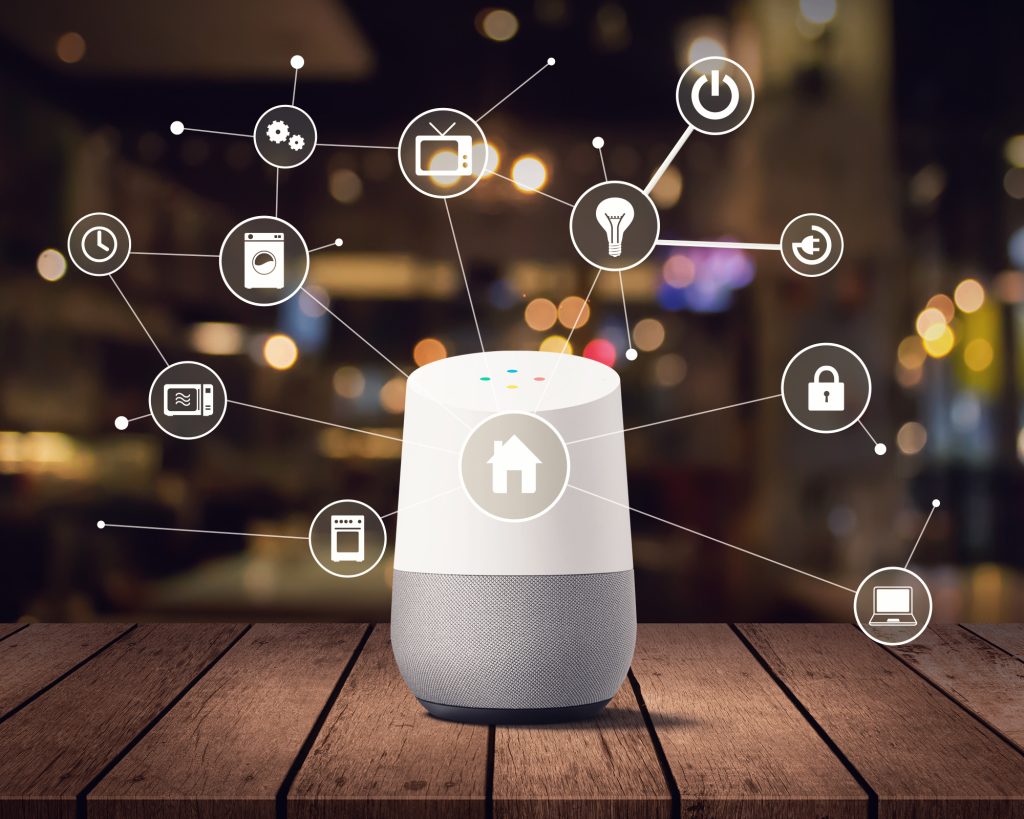
Advances in the Internet of Things (IoT) and miniaturised sensors mean that everyday objects can now communicate and interact. Appliances and fixtures equipped with sensors can detect anomalies or health issues, allowing early intervention and prevention. In ambient assisted living (AAL) research, smart devices are often paired with wearable sensors to build a complete picture of a resident’s activities and interactions. These unobtrusive devices convert homes from static spaces into responsive environments that support independent living while providing crucial data.
The range of available sensors is extensive. Occupancy sensors, temperature and humidity sensors, light sensors and air‑quality monitors all gather real‑time data that is sent to a building management system. Flow and pressure sensors can monitor water or air movement in heating systems, while furniture‑integrated sensors track activities such as whether doors, beds or cupboards are being used. Smart carpets and walls even monitor walking patterns, detecting falls and measuring gait. This rich dataset is the foundation for intelligent adjustments and personalised support.
Driving sustainability through smarter operations
Energy use is a major cost for both residents and operators; lighting alone can account for 20–40 % of a building’s energy consumption. Smart sensors help by automatically dimming or switching off lights in unoccupied or naturally lit rooms, and by adjusting heating, ventilation and air‑conditioning (HVAC) based on occupancy and air‑quality data. Sensors embedded in windows and walls can detect thermal gains or losses and trigger shading or ventilation changes to reduce energy waste.
Beyond energy control, sensors enable predictive maintenance. In retrofit projects, sensors continuously monitor fans, motors and filters in HVAC systems, spotting deterioration early and prompting timely repairs. Real‑time data and smart algorithms fine‑tune building systems and facilitate predictive maintenance, enhancing comfort and sustainability. The savings are not just theoretical. A 10‑storey office retrofit that deployed smart sensors achieved 28 % energy savings and a 22 % reduction in HVAC operating costs in one year, while boosting occupant comfort by 35 %. Similar technology applied to an ageing office block in Chicago cut energy use by 30% and to a historic London hotel by 25%, enhancing comfort at the same time. For supported housing providers, these efficiencies translate into lower running costs and lower carbon footprints.
Enhancing resident wellbeing and independence with Data and AI in Supported Housing
Data and AI in supported housing‑driven homes aren’t just about saving energy. Sensors embedded in furniture, flooring and assistive devices can monitor daily activities and vital signs without intruding on privacy. For example, cushion sensors track posture or heart rate, and smart carpets monitor walking activity to detect falls. Environmental sensors measure temperature and air quality to ensure indoor conditions remain safe and comfortable. These devices can notify support teams when patterns deviate from the norm, enabling proactive interventions and reducing risks.
Wearable devices and smart home systems also promote independence. In senior care settings, remote patient monitoring and telemedicine allow health professionals to track vital signs and medication adherence from a distance. Voice-activated assistants and smart home devices enable residents to control heating, lighting, and communications hands-free. Such technologies increase safety and autonomy; they can detect falls, monitor vital signs and alert caregivers or emergency services as needed. Researchers note that the integration of smart appliances with wearables provides joint knowledge of a person’s activities and interactions, allowing anomalies to be detected early.
Turning data into actionable insights with Data and AI in Supported Housing
Collecting information is only the first step. Building operators and care providers need tools to interpret this data and act upon it. AI‑powered analytics can identify patterns, flag anomalies and provide personalised recommendations. Predictive models can highlight when a heating system might fail or when a resident’s routine deviates from healthy norms, enabling proactive maintenance and care. For example, environmental and occupancy data can be analysed to optimise space use and avoid unnecessary expansion. In healthcare, predictive analytics can identify potential health risks early, allowing interventions that maintain residents’ independence.
Social assistive robots represent another emerging frontier. These machines can support heavy tasks, transport food or medicine, and relieve staff from repetitive duties. By equipping robots with natural language processing and emotion estimation, researchers aim to make interactions more human‑like, improving resident satisfaction. While not yet commonplace, such systems point to a future where technology augments human care rather than replacing it.
Data‑driven homes and the net‑zero agenda
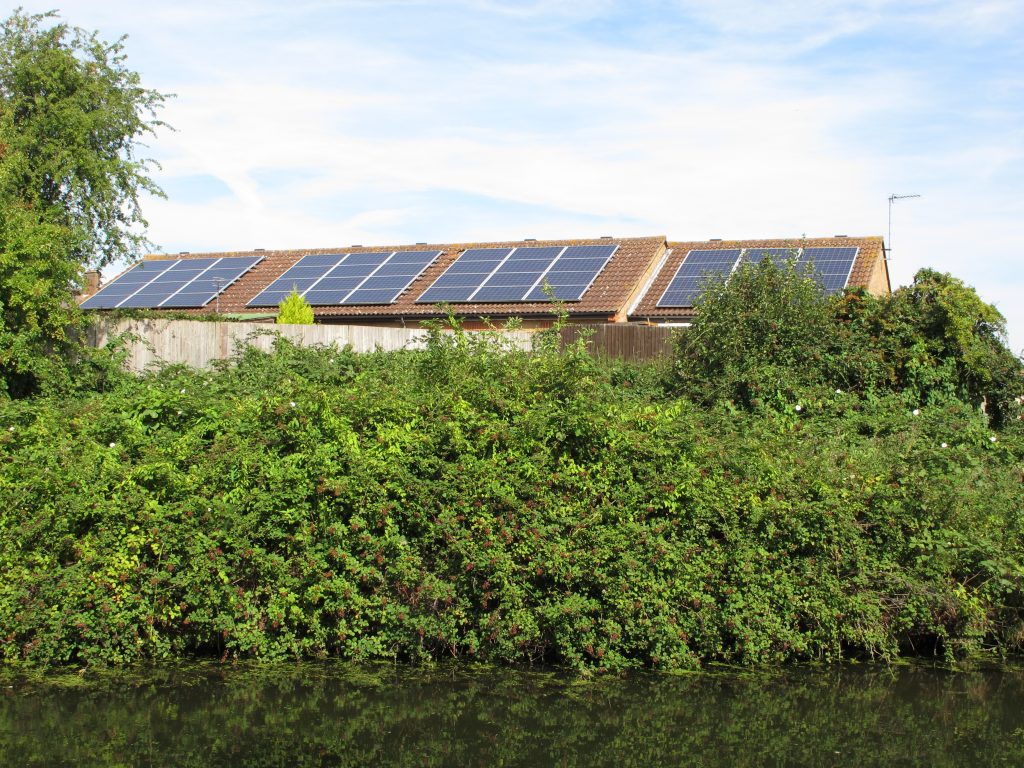
Using smart sensors alongside renewable energy sources amplifies the sustainability benefits. When paired with solar panels and batteries, sensors can optimise when to use or store energy, aligning consumption with generation peaks and shifting non‑essential tasks to off‑peak periods. Many cities now incorporate smart technology into building codes, and properties with integrated systems may qualify for rebates, tax relief or green certifications. For investors, this translates into assets that not only meet environmental targets but also deliver long‑term value.
A call to build smarter, not just more
The chronic shortage of supported housing in the UK demands urgent action. Meeting the need for 30,000–50,000 later‑living homes each year requires collaboration between local authorities, investors and housing providers. However, simply building more units is not enough. Incorporating data‑driven technologies into design and refurbishment can yield homes that are safer, more efficient and more resilient. By embracing sensors, AI and smart devices, supported housing can move beyond reactive maintenance to proactive care, turning properties into partners in wellbeing.
How do Blueprint use data and AI in Supported Housing? We believe that sustainable, supported housing is the foundation of thriving communities. By investing in data‑driven innovation today, we can create living spaces that respect dignity, promote independence and deliver long‑term value for residents and investors alike. The future of supported housing is not only about bricks and mortar, but also about harnessing information to build better lives.

